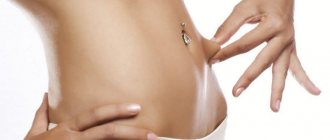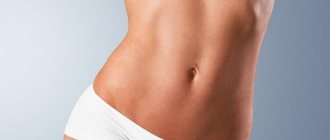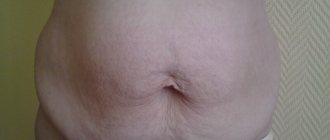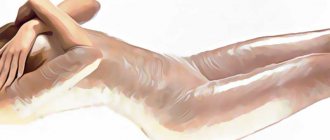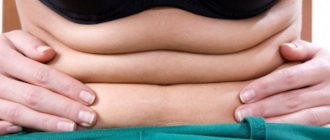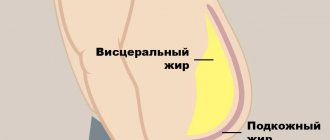What do we know about fats? And is it necessary to completely abandon the “harmful” product, which, according to many girls, is the culprit of excess weight.
Shutterstock
Fats have many advantages. They are part of cells, participate in the production of hormones, and help the body absorb vitamins A, E, D and K.
The most important plus is that fats are building materials for nervous tissue. Therefore, you cannot completely abandon them: hormonal balance may be disrupted, skin, nails and hair may suffer. Ideally, fats should make up 30–35% of your daily caloric intake. The ratio of saturated and unsaturated fats is also very important: 2/3 should be “soft” and only 1/3 should be “hard”.
READ ALSO: What fats are good to use in your diet?
We get the unsaturated, or, as they are also called, “soft” fats that the body needs from vegetable oil, nuts and fish. Unhealthy saturated (“solid”) - from meat, dairy products, as well as coconut, butter and palm oil. The most difficult thing to find and neutralize is the so-called hidden fat. Most of it is in cheese, pastries, sausages (sausages) and chocolate.
A safe norm in all senses is 40–50 g of fat per day. It's worth sticking to. One teaspoon contains 5 g of fat.
For example, 100 g of boiled veal contains only 3 g of fat, milk chocolate (100 g) contains 35 g of fat, and fatty pork contains 50 g.

Burda Media
Sign in OK
WHY DO WE BECOME SOFT WHEN LOSSING WEIGHT?
Many have noticed that as soon as they start to eat a little less or exercise more, the whole body becomes very soft (not even jelly-like, because Jelly

